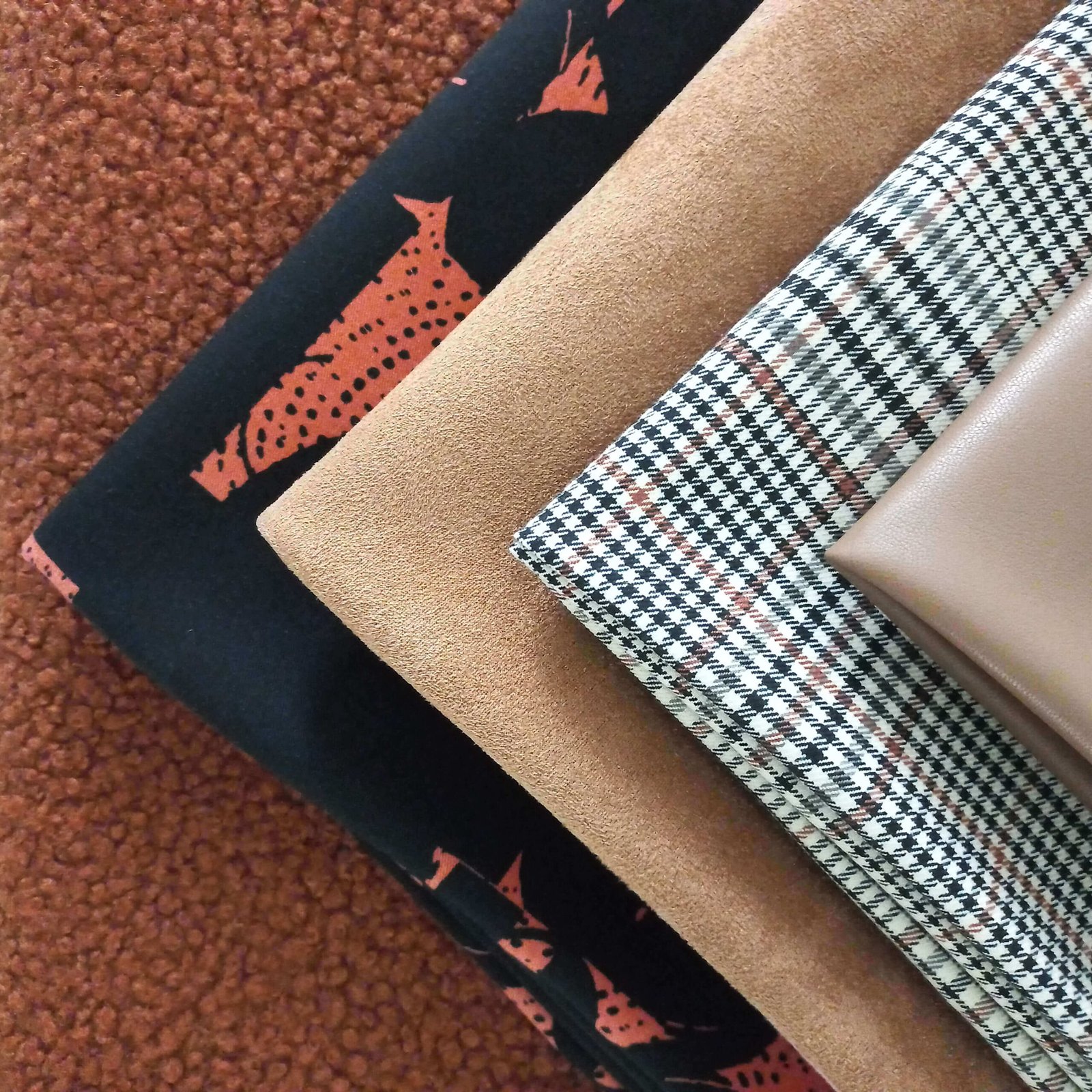In recent years, we have seen dynamic changes in the fashion world that focus on sustainability and ecological choices. Consumers are increasingly turning their attention to natural fabrics such as cotton, linen, silk or wool. This phenomenon is not accidental and results from many factors that make up contemporary consumer trends.
Ecological awareness and the choice of natural fabrics
One of the main reasons for the growing popularity of natural fabrics is the growing ecological awareness. Consumers are increasingly aware of the impact of their choices on the environment. Synthetic fabrics, which have dominated for decades, are often produced using petroleum and can release microplastics into the environment. Their production consumes huge amounts of energy and also releases a colossal amount of carbon dioxide into the atmosphere. In contrast, fabrics of natural origin are biodegradable and less invasive for our ecosystem. Fabric wholesalers are noticing the growing interest in ecological materials, which affects their offer and availability on the market.
Comfort and utility properties
Natural fabrics are valued not only for their ecological value, but also for their excellent utility properties. Cotton, linen and wool are characterized by high air permeability, which makes them ideal for any season. Silk, thanks to its delicacy and ability to regulate temperature, provides comfort of wear that synthetic materials do not offer. Consumers increasingly appreciate these properties, which contributes to the growing popularity of natural fabrics. Wool has excellent parameters when it comes to maintaining heat, while ensuring high breathability of clothes sewn from it.
Linen, on the other hand, has been widely used for centuries as a textile material, valued for its unique properties. It was already used in ancient Egypt to create delicate fabrics, and its production was closely related to culture and religion.
Linen is characterized by high durability, while at the same time being light and airy, which makes it ideal for the production of clothing, especially for warm days. As a plant, flax is environmentally friendly because it requires less pesticides and water compared to other fiber crops such as cotton. In addition, linen fabrics are biodegradable. Linen is exceptionally comfortable for human skin because its fibers have anti-allergic and antibacterial properties, which makes linen clothes not only pleasant to wear but also healthy.

Sustainability in fashion
Sustainability has become one of the key elements of the strategy of many fashion brands. Clothing companies, striving to reduce their environmental impact, invest in the production of clothes from natural fabrics. This affects the entire supply chain, including fabric wholesalers, which adapt their offer to new trends. The fashion for sustainable development is no longer just a niche, but is becoming a standard in the industry.
Diversity and innovation in natural fabrics
The variety of types of sewing materials available on the market is enriched with new innovative solutions. In addition to traditional fabrics such as cotton or linen, materials such as hemp or bamboo are becoming increasingly popular.
They are not only environmentally friendly, but also have unique properties that meet the needs of modern consumers. Consumer education and changing attitudes
Changing consumer attitudes towards choosing natural fabrics is also the result of effective education on sustainable development. Social campaigns, educational articles and initiatives of ecological organizations contribute to increasing awareness of the impact of clothing production on the environment. Consumers, having greater knowledge, make conscious purchasing choices that support the market for natural fabrics. It must be remembered that the issue of textile waste is becoming an increasingly pressing problem. It is estimated that a resident of Poland produces about 12-15 kg of textile waste per year. This is due to the rapid change in fashion trends and the culture of “fast fashion”, which encourages frequent shopping and quick disposal of unworn clothes. Fortunately, in response to this problem, more and more consumers are becoming interested in sustainable fashion, which promotes recycling, reusing clothes and choosing more durable products.

Summary
The evolution of fashion towards sustainable development and ecological consumer choices is a phenomenon that is developing dynamically. Natural fabrics are gaining popularity due to their environmental friendliness, excellent utility properties and growing ecological awareness of consumers. Fabric wholesalers and clothing manufacturers must adapt to these changes to meet new market requirements. As consumer education continues to develop, we can expect a further increase in interest in natural fabrics, which are becoming a symbol of modern, ecological fashion.


